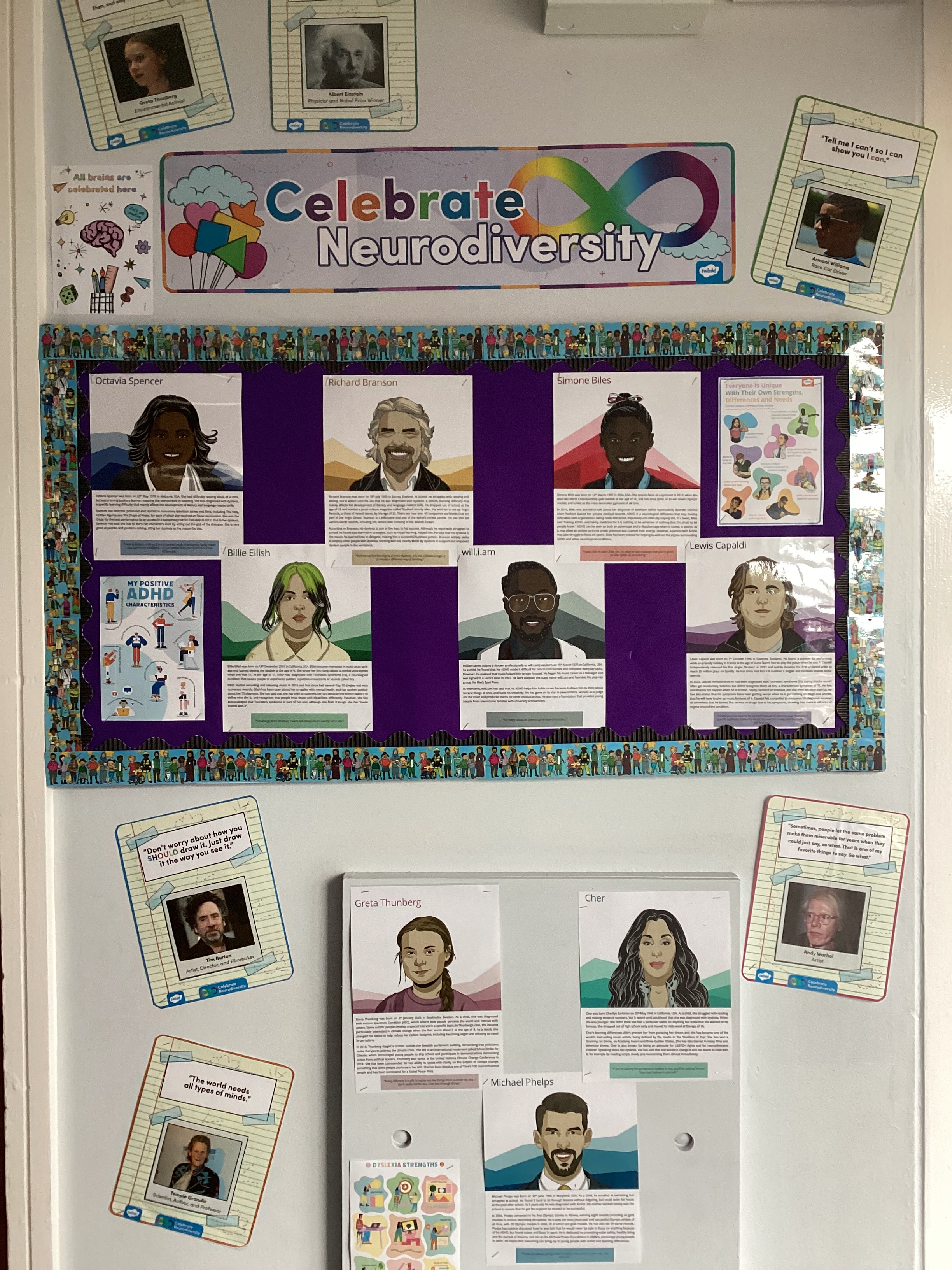To translate the information on this page, please use Google Translate.
| Google Translate Google’s service, offered free of charge, instantly translates words, phrases, and web pages between English and over 100 other languages. http://translate.google.co.uk |
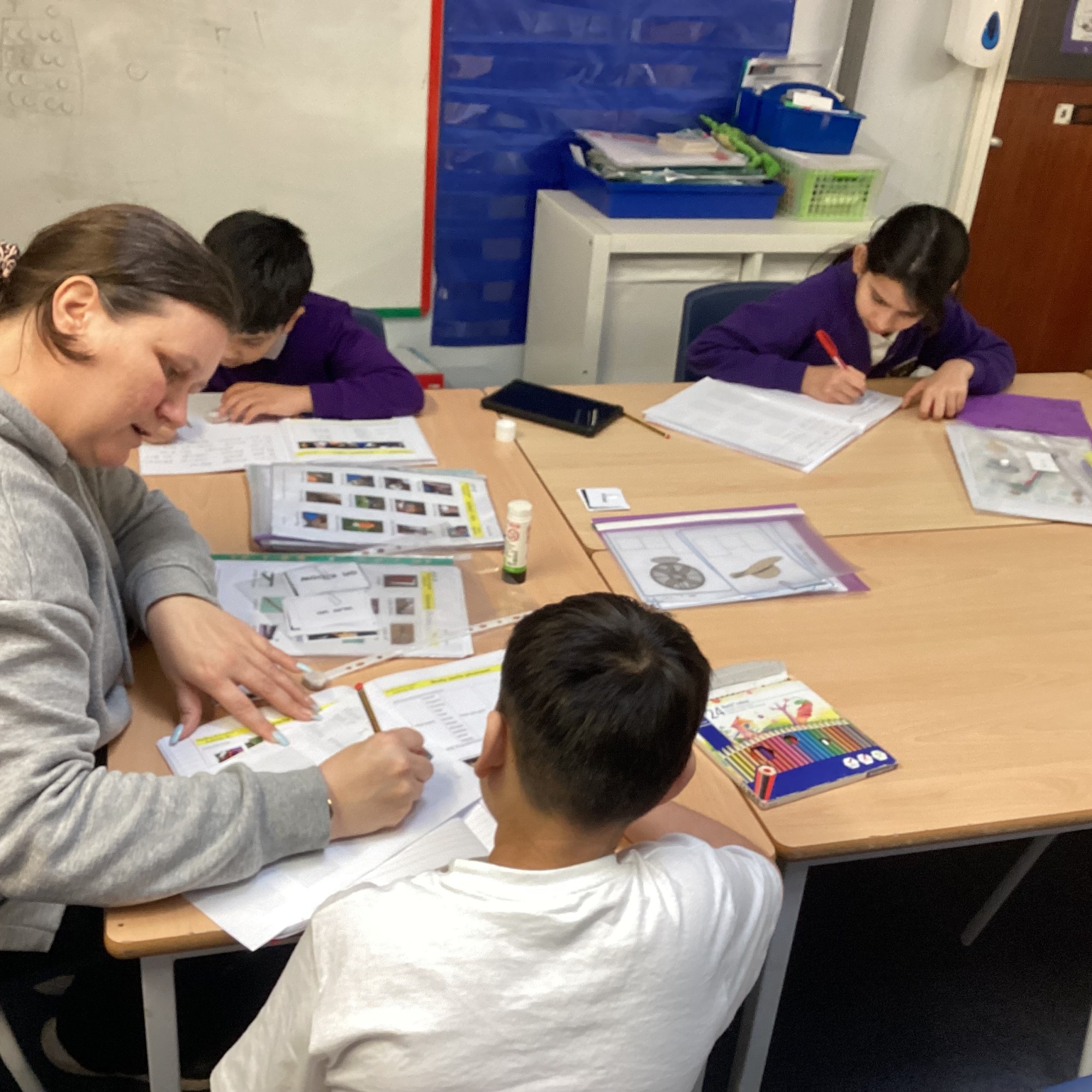


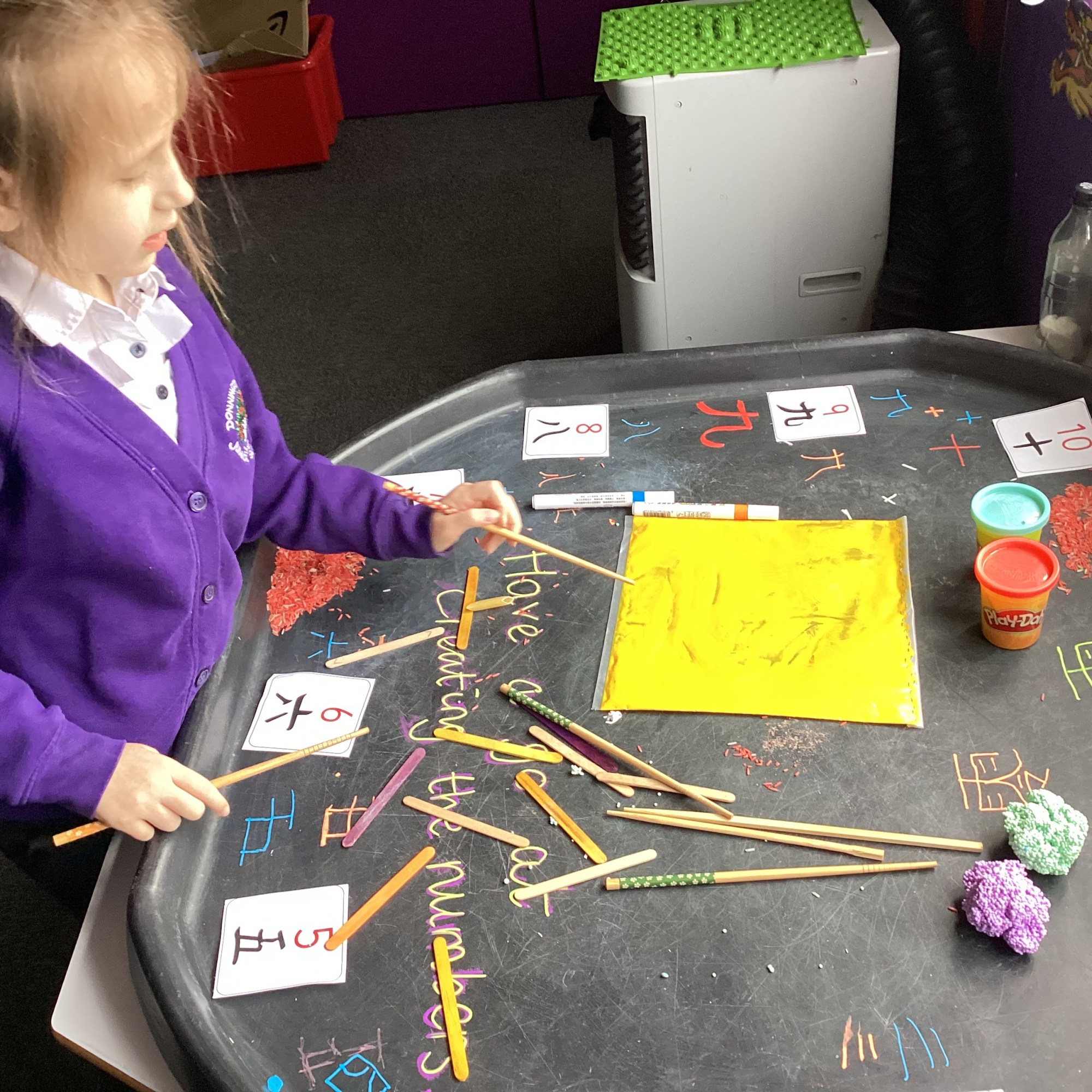

Mrs J Jenks leads our support and development for EAL throughout school but you can also talk to your child’s teacher if you have any worries or concerns at any time.
At Donnington Wood Junior we are fortunate to currently have 30 different languages spoken by parents and children within our school community. We believe it is a great opportunity to have these many different cultures and languages. We recognise that a pupil’s ability to flourish and thrive is linked to an inclusive environment where they feel valued and confident. As with other groups of learners, our teachers adapt their lessons to make sure that all learners can access the learning provided. They do this by involving learners in activities where the language is challenging but appropriate to their abilities and interests.
English as an Additional Language (EAL) refers to any student learning and using English as an additional or second language.
‘A pupil’s first language is any language other than English that a child was exposed to during early development and continues to be exposed to in the home or community.’
If a child has been exposed to a language other than English, it is important for us to know, regardless of how well they now speak English.
EAL learners are a diverse group and there is a range of definitions for an EAL pupil:
- children who are growing up in bilingual families (having two languages spoke at home)
- children who have lived in UK a long time, or were born in the UK, but speak one language at home and another in school
- children who began life in another country, where another language was spoken, and who now live in the UK
New arrivals to school
International migrants, including refugees, asylum-seekers, children of people working or studying in the UK and economic migrants from overseas, may be described as new arrivals.
New arrivals are a very diverse group. They can range from “new to English” to “fluent” in terms of their English language development. They can arrive at any age and with widely different socio-economic and educational backgrounds. Some come from privileged urban backgrounds having had a high standard of education, others have had little or interrupted schooling or may have experienced traumatic events.
Assessment
Knowledge about the English language proficiency of learners using EAL is important for schools and teachers in informing the most appropriate support. At Donnington Wood Junior, we use the Bell Foundation’s award-winning EAL Assessment Framework for Schools, which provides a set of standards to assist schools in establishing English language proficiency and has been designed to support teaching and learning by enabling practitioners to generate targets to guide individual learner progress.
The following levels of proficiency in English are used within the EAL Assessment Framework for School:
- A New to English
- B Early Acquisition
- C Developing Competence
- D Competent
- E Fluent
A member of staff will teach children in regular sessions during the week in small groups. Every new arrival at Donnington Wood Junior’s is given a baseline Assessment and this assessment is used by class teachers to demonstrate progress until the child is able to meet National Curriculum age-related expectations. Lessons using Racing to English and Flash Academy resources are based around early language acquisition through themes such as; my family, school, my home, hobbies, festivals and links to year group themes.
How can teachers best meet the needs of EAL learners within the classroom?
Certain principles help teachers adapt their lessons to the needs of EAL learners. By following these, teachers can help these children reach their educational goals and play a positive part in our school life, the community and society as a whole.
The potential among EAL learners for bilingualism is particularly important, as it increases mental ability such as problem-solving and creativity. Bilingualism gives EAL learners a fantastic advantage when looking for a job later on, too. Our teachers therefore consider the role of learners’ first language and be aware that the acquisition of a new language goes hand-in-hand with cognitive and academic development.
Here are some of the ways our teachers ensure EAL learners can access the curriculum and reach their full potential:
- Collaborative group work
- Enhanced opportunities for speaking and listening
- Effective role models of speaking, reading and writing
- English speaking talk partners to help develop vocabulary
- Alternative phrasing of instructions and objectives
- Additional visual support, e.g. widgets, posters, objects, non-verbal clues, pictures, demonstration, use of gesture, etc.
- Bilingual resources where needed, e.g. dictionaries, on-line support, texts, key word lists
- Writing frames, directed activities related to texts
- Opportunities for role play
- Regular opportunities for feedback from staff
- Learning progression moves from concrete to abstract
- Further support for pupils’ language development is also provided outside the formal curriculum, e.g. in assemblies, clubs, etc.
Staff Training
We work closely with Telford and Wrekin’s Multicultural Development Team and receive regular support to ensure that staff are fully equipped to support our EAL pupils in the best possible ways.
What can you do to help your child?
Being able to speak more than one language is a great opportunity for a child. Being literate in a home language has been shown to support a child’s development of English language rather than hinder it. Keep speaking and reading with your child in your home language as well as encouraging them in their English language learning.

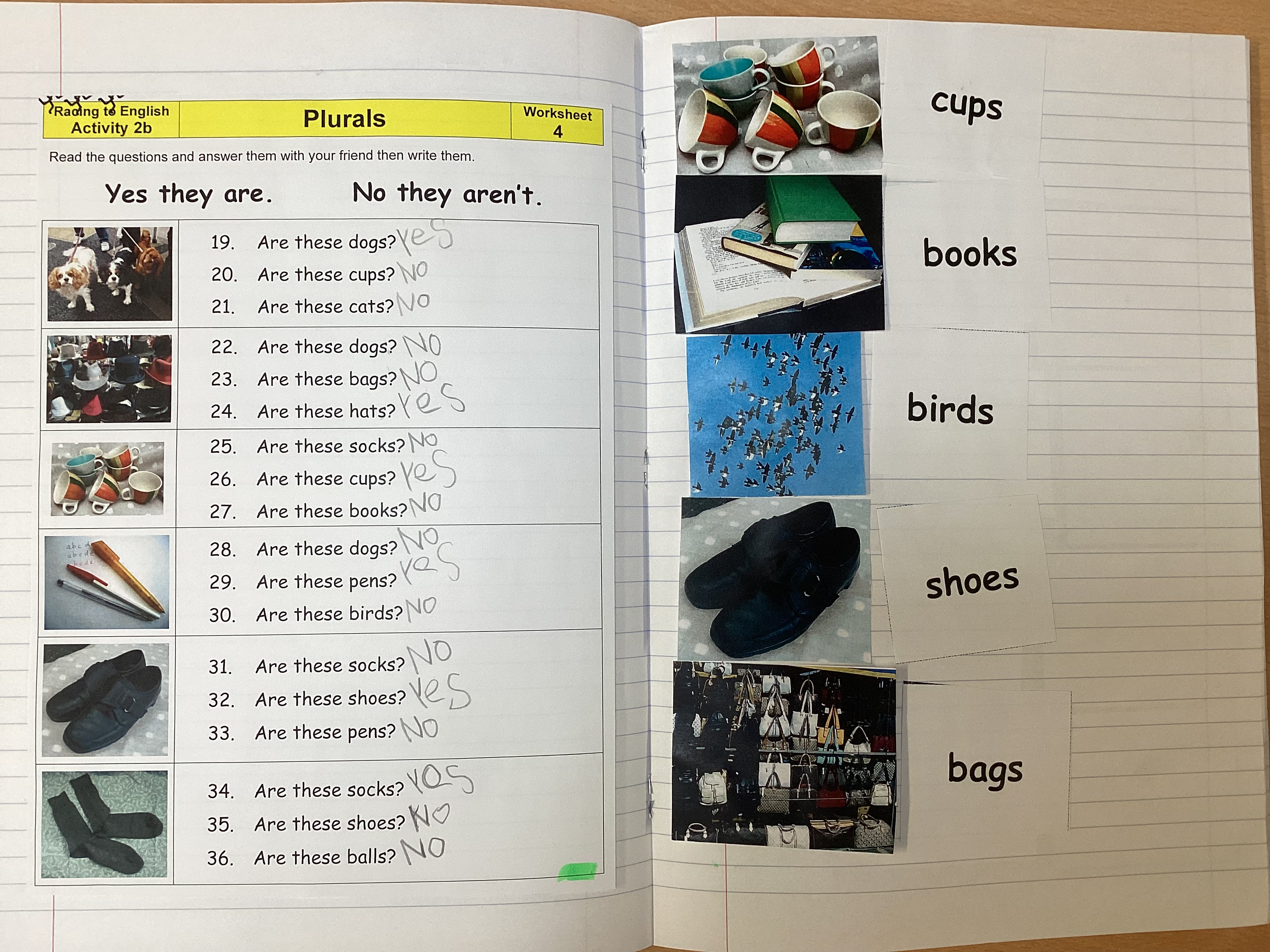
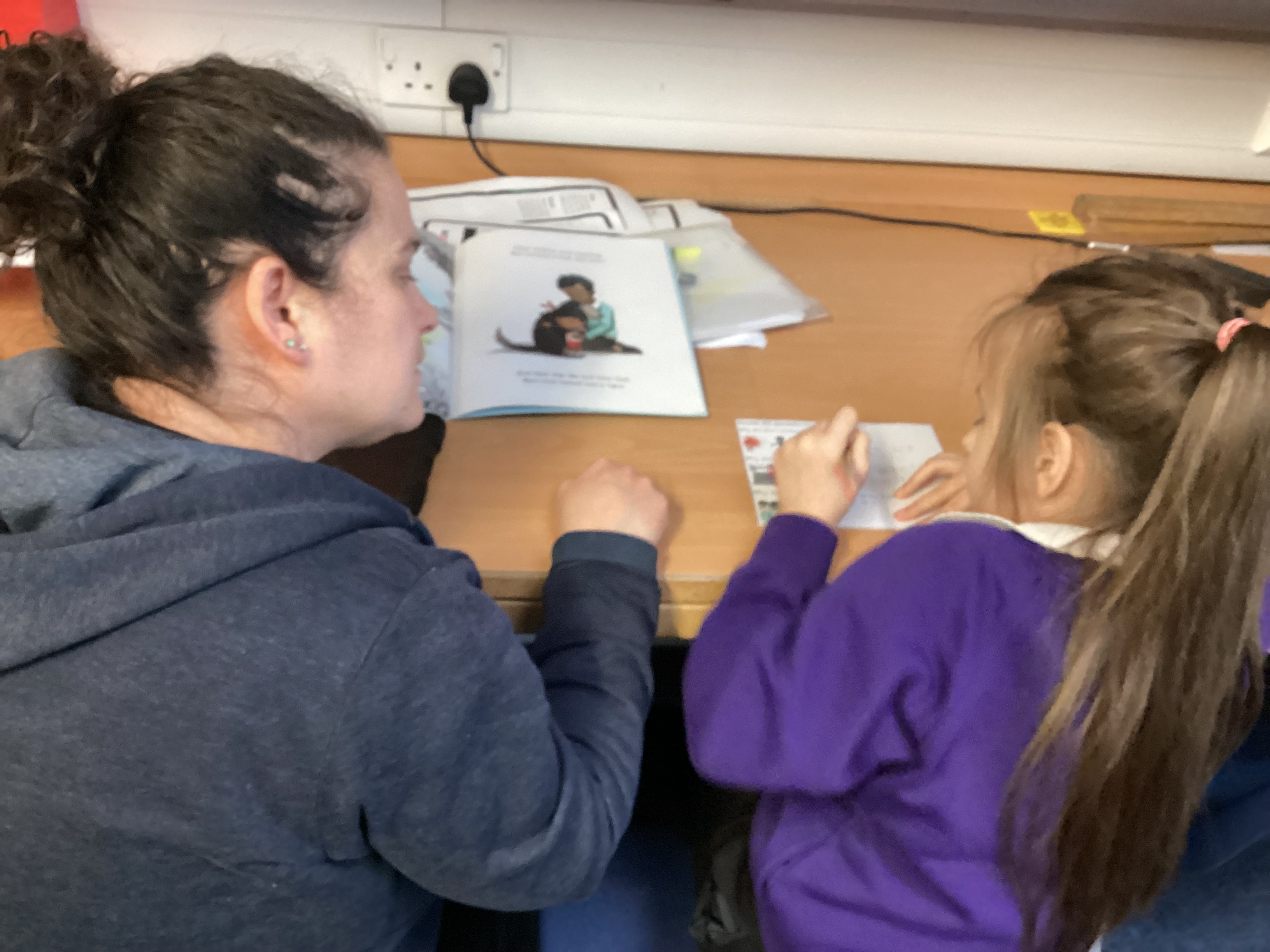

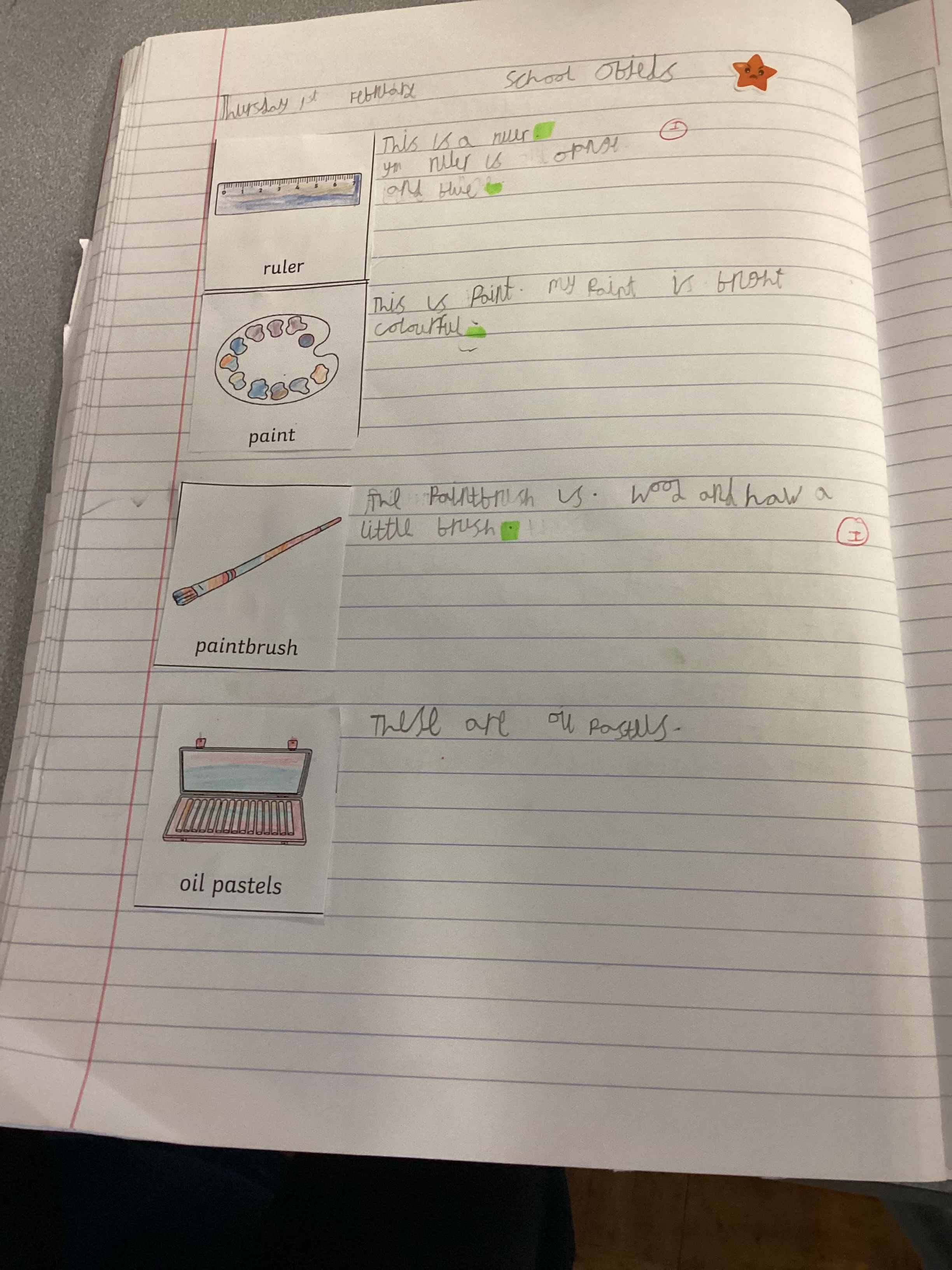
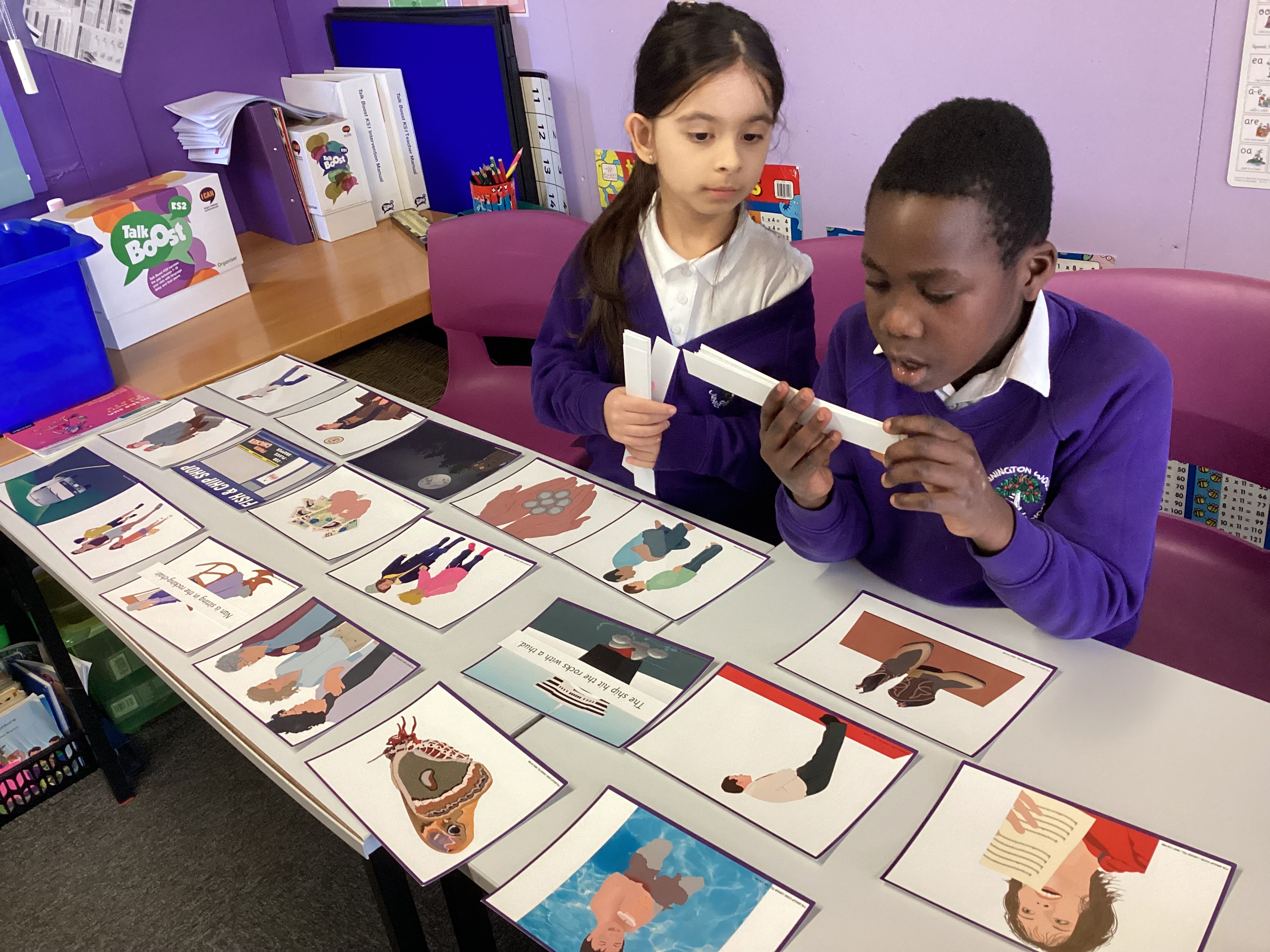

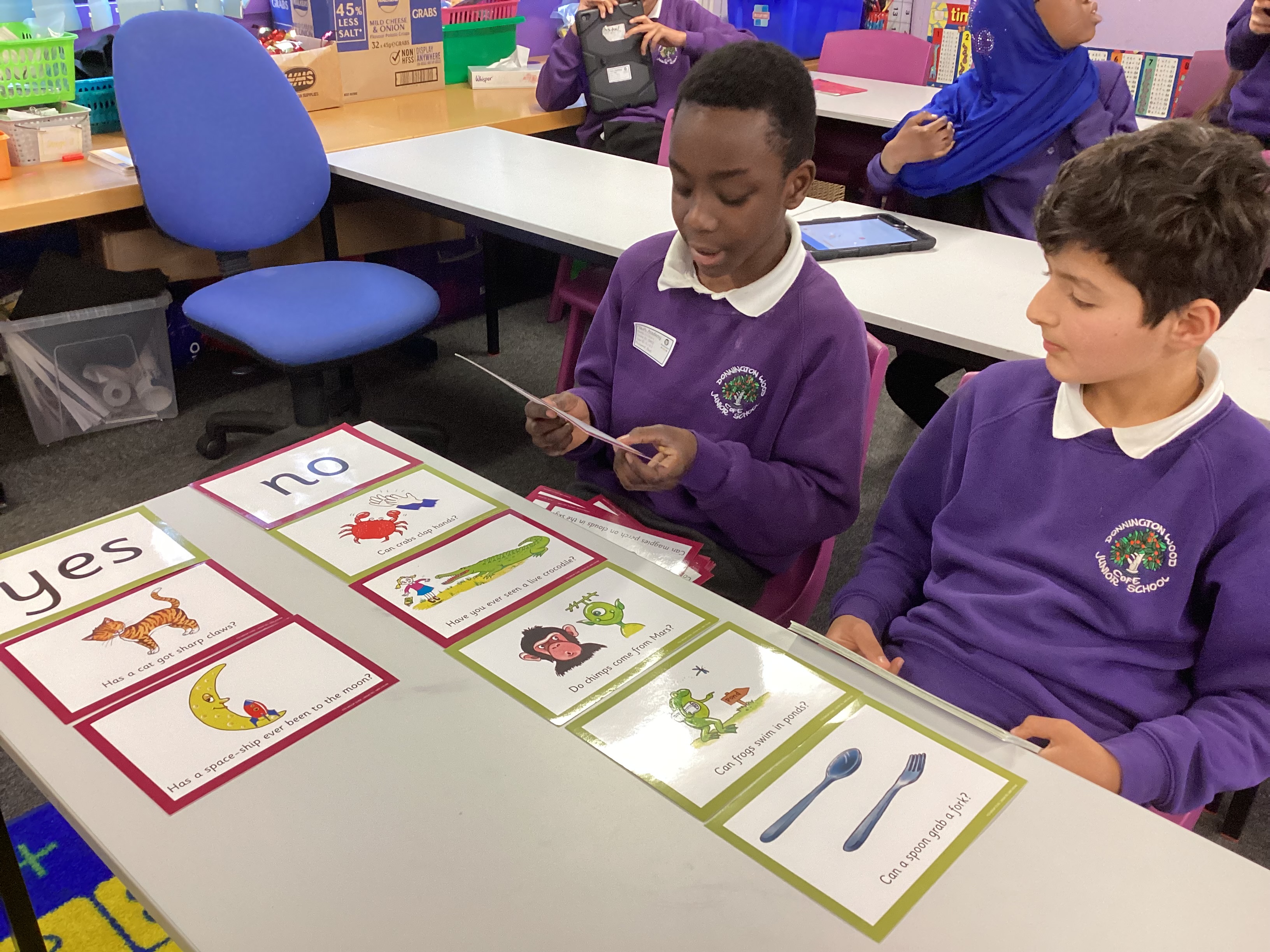
Useful websites to support you and your child.
EAL and Equality documents

